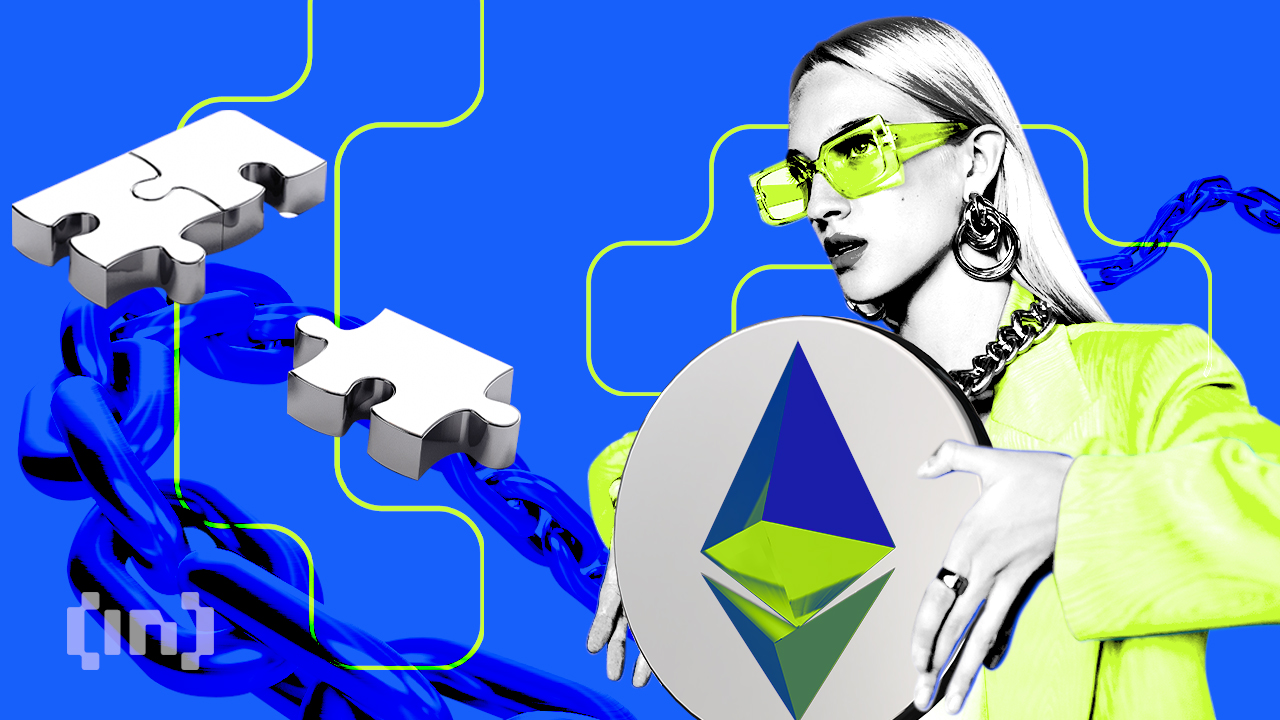

According to Ethereum developer Barnabas Busa, the Ethereum Zheijang public withdrawal testnet will go live on Feb. 1, 2023, at 15:00 UTC as a precursor to the upcoming Shanghai upgrade planned for March 2023.
According to Busa, the testnet will set the stage for the Shanghai and Capella forks that will allow validators to make full withdrawals using the Lodestar, Lighthouse, Teku, Prysm, and Nimbus consensus clients, as well as the Besu, Geth, Nethermind, EthereumJS, and Erigon execution layer clients. The Shanghai and Capella forks will be triggered six days after the testnet launch at epoch 1350.
ETH Validators Can Test Full or Partial Withdrawals
After the forks, partial withdrawals will automatically be triggered on all validator addresses with a 0x01 execution address on all clients. Those using legacy BLS credentials (0x00) can update them to execution addresses using a tool called ethdo. Validators can exit the testnet after completing full or partial withdrawals.
Ethereum migrated from a proof-of-work consensus mechanism to a proof-of-stake consensus mechanism on Sep. 15, 2022. The upgrade, dubbed the Merge, uses validators rather than miners to secure the network.
Aspiring validators could lock 32 ETH in a staking contract on Ethereum’s Beacon chain to activate Ethereum validator software. In return, they would earn a yield on their ETH. Those who could not stake 32 ETH could lock fewer ETH in liquid staking pools and receive a corresponding liquidity token with the same value as ETH to use on other decentralized finance applications.
The upcoming Shanghai upgrade will, among other things, enable over 500,000 validators to withdraw 16,279,913 staked ETH.
Zheijang Testnet to Trial Performance Improvements
In addition to withdrawals, the Zheijang testnet will trial Warm COINBASE, PUSH0, and Limit/meter initcode improvements.
An Ethereum testnet is a blockchain testing network miming the main Ethereum blockchain post-Merge. Developers can test applications on testnets without risking real money.
Payments to Coinbase addresses incur high gas fees because the Coinbase address is not part of an access list framework, first proposed in Ethereum Improvement Proposal (EIP) 2929. EIP-3651, Warm COINBASE, reduces gas fees by loading a coinbase address at the start of the transaction’s validation.
EIP-3855, or PUSH0, will lower the gas fees of some Ethereum operations by creating a new command, while Limit/meter initcode will extend EIP-170 to limit the size of smart contract calldata.
The testnet announcement comes one week after Ethereum developer Marius Van Der Wijden announced the first mainnet shadow fork before the Shanghai upgrade on the Ethereum mainnet.
For Be[In]Crypto’s latest Bitcoin (BTC) analysis, click here.
Disclaimer
BeInCrypto has reached out to company or individual involved in the story to get an official statement about the recent developments, but it has yet to hear back.

Leave a Reply